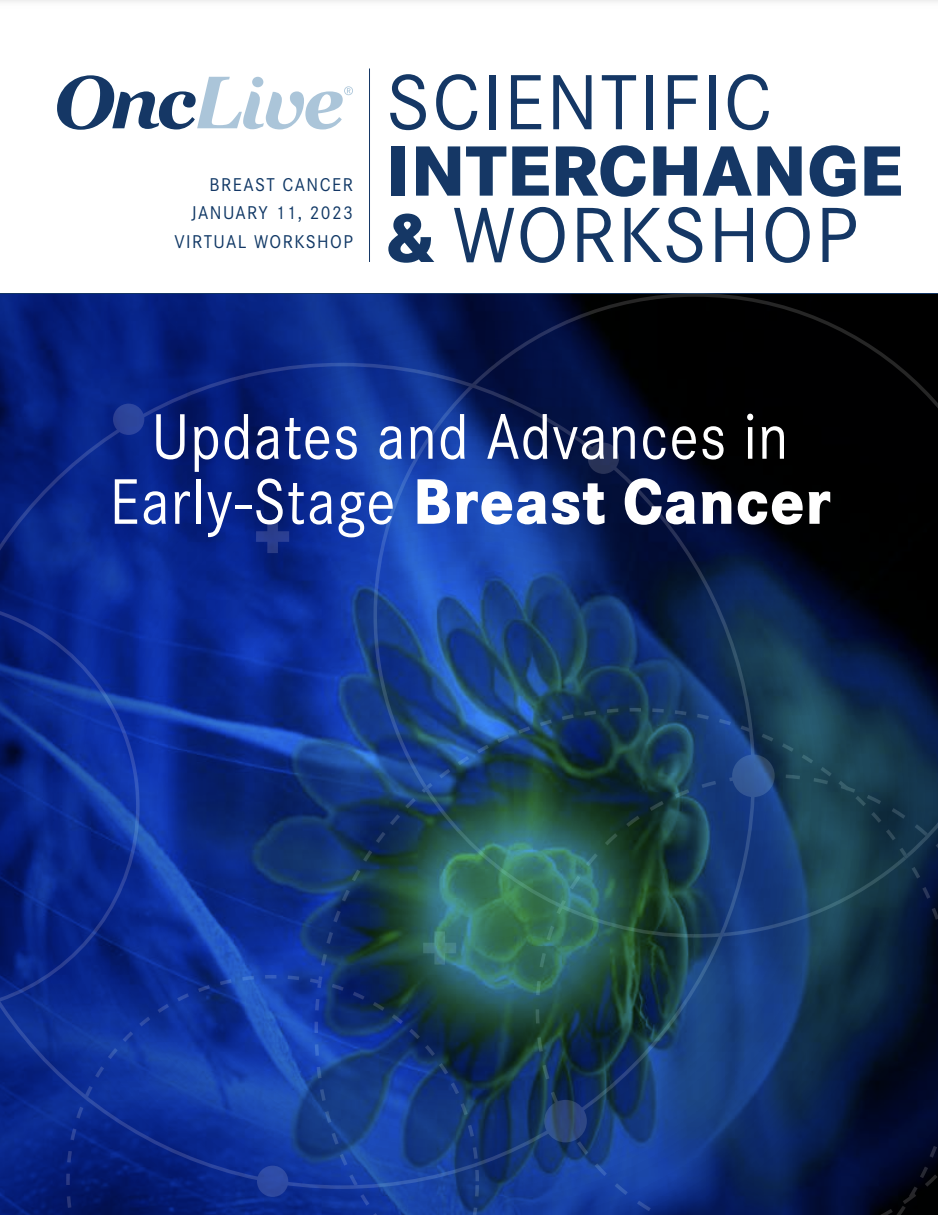Commentary
Video
Dr Anders on the Rationale For Investigating Tivumecirnon Plus Pembrolizumab in NSCLC
Robert A. Anders, MD, PhD, discusses the rationale for investigating the use of tivumecirnon in patients with non–small cell lung cancer, as well as interim data from the dose-expansion portion of the phase 1/2 FLX475-02 study of this agent alone and in combination with pembrolizumab.
Robert A. Anders, MD, PhD, associate professor, pathology, Johns Hopkins University School of Medicine, member, Johns Hopkins Sidney Kimmel Cancer Center, discusses the rationale for investigating the use of tivumecirnon (FLX475) in patients with non–small cell lung cancer (NSCLC), as well as interim data from the dose-expansion portion of the phase 1/2 FLX475-02 study (NCT03674567) of this agent alone and in combination with pembrolizumab (Keytruda).
Tivumecirnon is a selective CCR4 antagonist, Anders begins. Because this agent is a small molecule and is orally available, it could serve as a promising treatment option for patients with advanced NSCLC. Tivumecirnon has the potential to mitigate adverse effects (AEs), such as the depletion of inhibitory cells throughout the body, that are associated with checkpoint inhibitors, Anders explains.
Efforts to combine tivumecirnon with pembrolizumab are supported by the favorable tolerability of FLX475 monotherapy, Anders says, explaining that the exploratory agent is not expected to contribute additional immune-related AEs when combined with a checkpoint inhibitor.
Tivumecirnon is currently being investigated both as a monotherapy and in combination with pembrolizumab in an open-label, sequential-group, dose-escalation and cohort-expansion study.
Early data presented at the 2023 SITC Annual Meeting demonstrated the safety, tolerability, and clinical activity of the combination regimen in patients who had not been previously treated with a checkpoint inhibitor, Anders reports. Confirmed overall response rates (ORRs) varied by PD-L1 status, with confirmed ORRs of 40% in PD-L1–positive patients, 38% in PD-L1–low patients, and 50% in PD-L1–high patients. The median progression-free survival was 6.3 months in the PD-L1–positive population, and the confirmed median duration of response was 10.2 months in the overall cohort.
Additional biomarker data showed dose-dependent increase in levels of regulatory T cells in the blood with tivumecirnon alone or in combination with pembrolizumab. Moreover, higher levels of intratumor regulatory T cells in responders vs non-responders at baseline correlated with more favorable responses and survival outcomes with tivumecirnon plus pembrolizumab.
The identification of patient biomarkers could improve patient stratification by identifying those who are unlikely to respond and enriching the cohort of potential responders, Anders states. Tivumecirnon’s effect on regulatory T cells and CD8 cells could function as a tissue-based biomarker, he postulates. The agent's modulation of regulatory T cells in peripheral blood also signals additional opportunities for potentially developing peripheral blood–based biomarkers, Anders adds. As research progresses, these findings position tivumecirnon as an intriguing candidate for combination therapy with pembrolizumab, offering a potentially well-tolerated and clinically effective treatment option for patients with NSCLC, Anders concludes.









